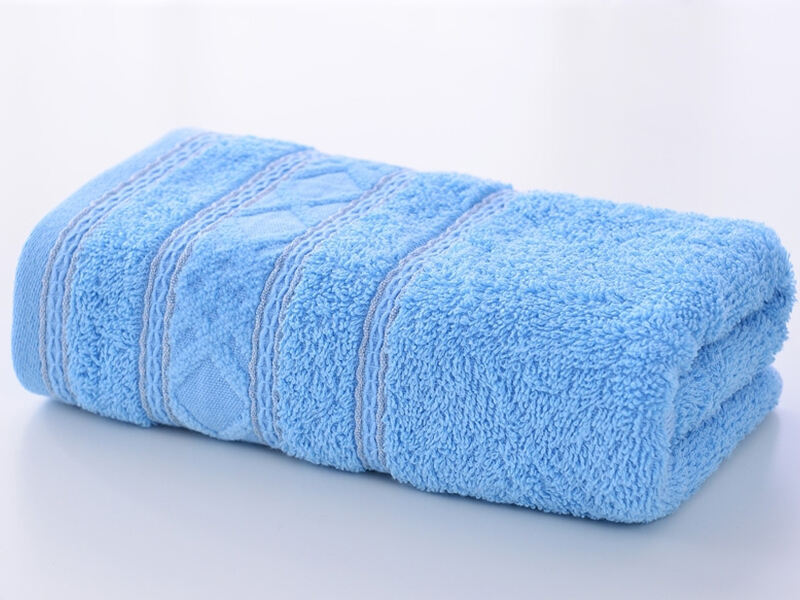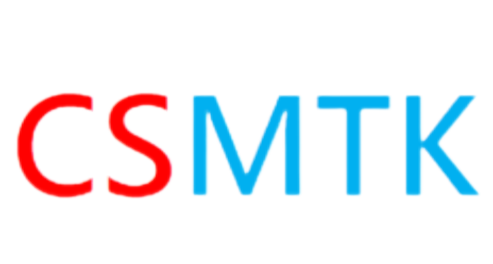What's the purpose of the sunken stripes on a towel?
These sunken stripes are called dobby borders. The word "dobby" comes from the "dobby loom" in the textile industry.
This loom, inspired by the loom technology of English weaver Joseph Marie Jacquard in the late 18th century, was later refined into a simpler, more controllable mechanism. By controlling the rise and fall of the warp yarns, the dobby loom can create small geometric patterns or plain areas, rather than the all-terry loops of a regular towel.

The "dobby border" on a towel is simply a flat striped area added to the terry weave, creating the so-called "dimpled" effect. Does dobby border enhance water absorption? The ability of wool to absorb water is due to capillary action, the ability of liquid to flow through narrow spaces, which depends on the size of the interfiber gaps. According to the principle of capillary action, towels with smaller and denser interfiber gaps have a higher absorbency. Of course, the main factor affecting a towel's absorbency is the material. For example, Xinjiang long-staple cotton, Egyptian cotton, Pima cotton, and Turkish cotton are considered more absorbent due to their long fiber structure. These long fibers can be spun into finer, stronger yarns, which better absorb and retain water. Secondly, the weave of a towel is important. Most towels have a looped terry structure, which uses looped yarns to increase surface area and the number of capillaries between fibers. A 1mm increase in loop height can increase water absorption by approximately 15% to 20% because the looped structure exposes more interfiber spaces.
According to AATCC 79-2000, the American Textile Standard for Water Absorption of Textiles, the water absorption time for looped terry is 3 to 5 seconds, while that for plain weave (similar to dobby weave) is 7 to 10 seconds, a difference of approximately 30% to 50%. Therefore, dobby weaves are generally less absorbent than looped terry. Some people also wonder: Does dobby yarn dry out more quickly? If the dobby yarn absorbs less water, the overall moisture content of the towel may be reduced. Assuming the terry border occupies 19% of the towel's surface area and its absorbency is half that of a terry weave, the total moisture content could be reduced by approximately 10%. This means the towel may dry faster overall. However, this effect varies depending on usage and may not be significant in practice.
So, ultimately, having more terry thread is primarily decorative.
Finally, another important metric affecting a towel's absorbency is its grammage (GSM), which refers to the weight of the fabric per square meter. This measures the thickness and density of the fabric, directly affecting its absorbency. Towels with a higher GSM are generally thicker and can hold more water.


